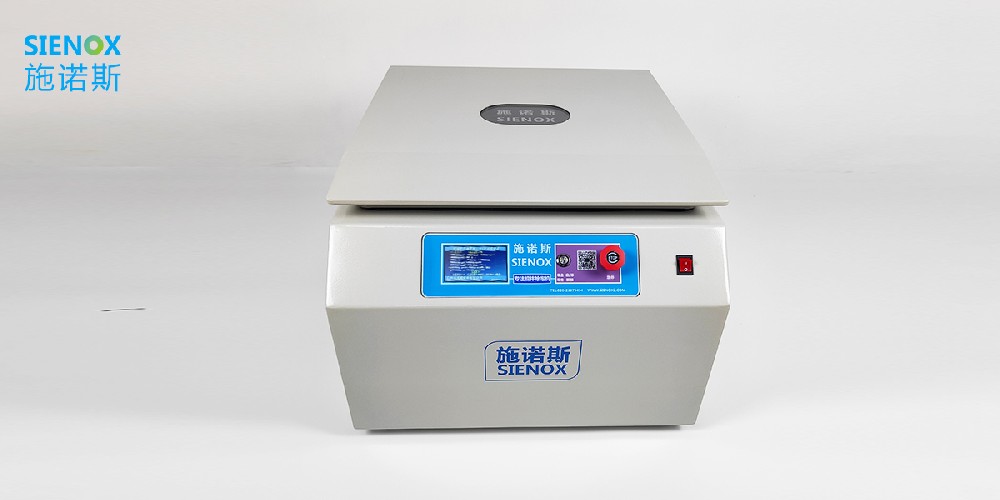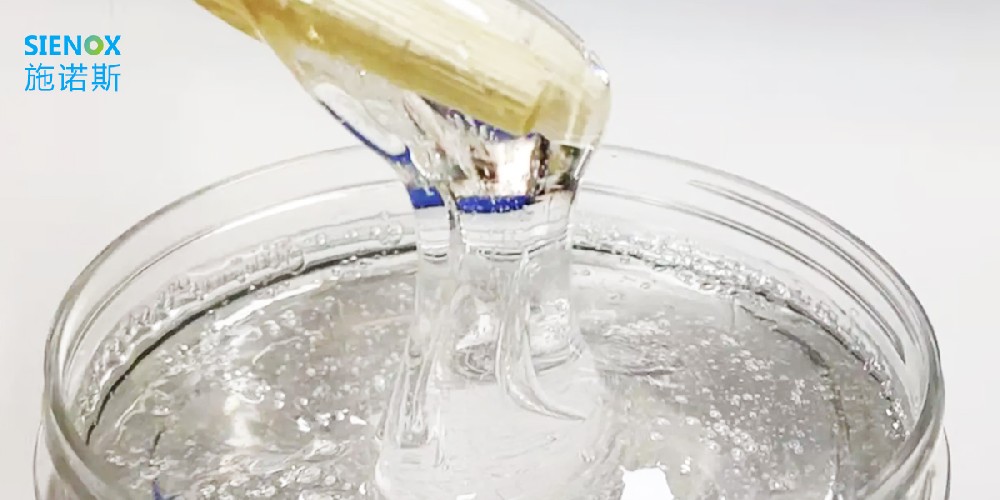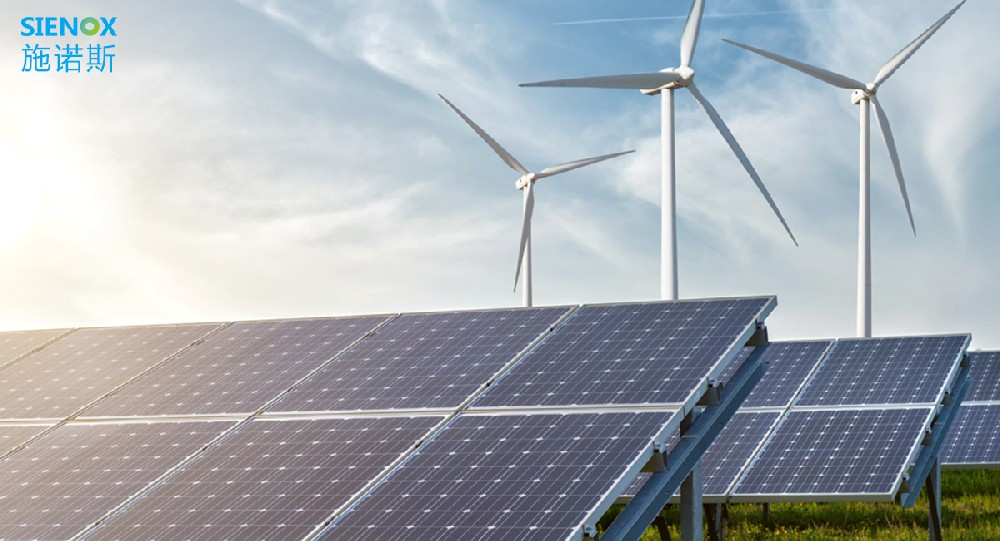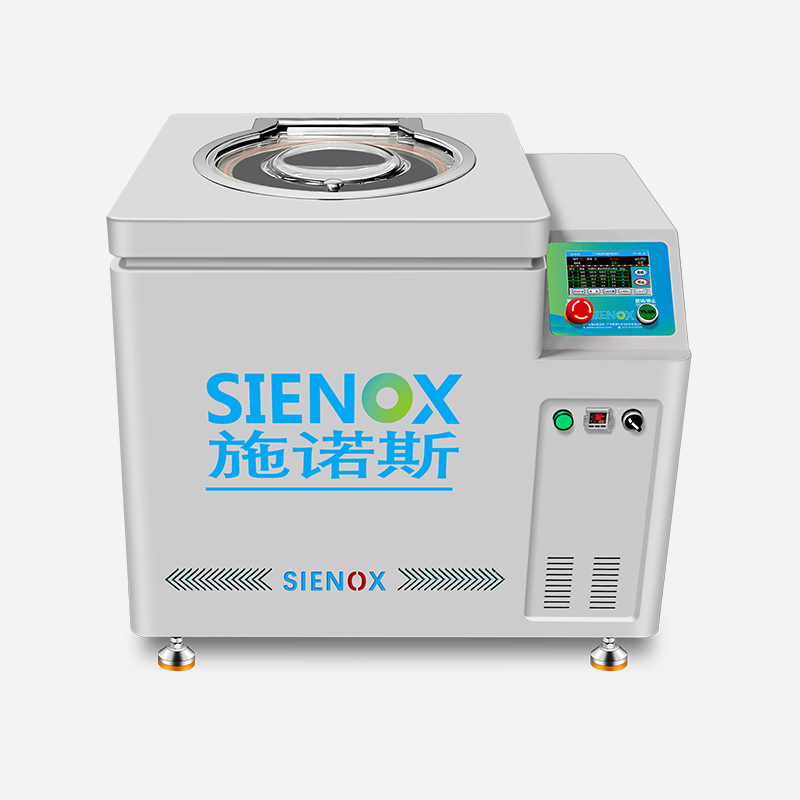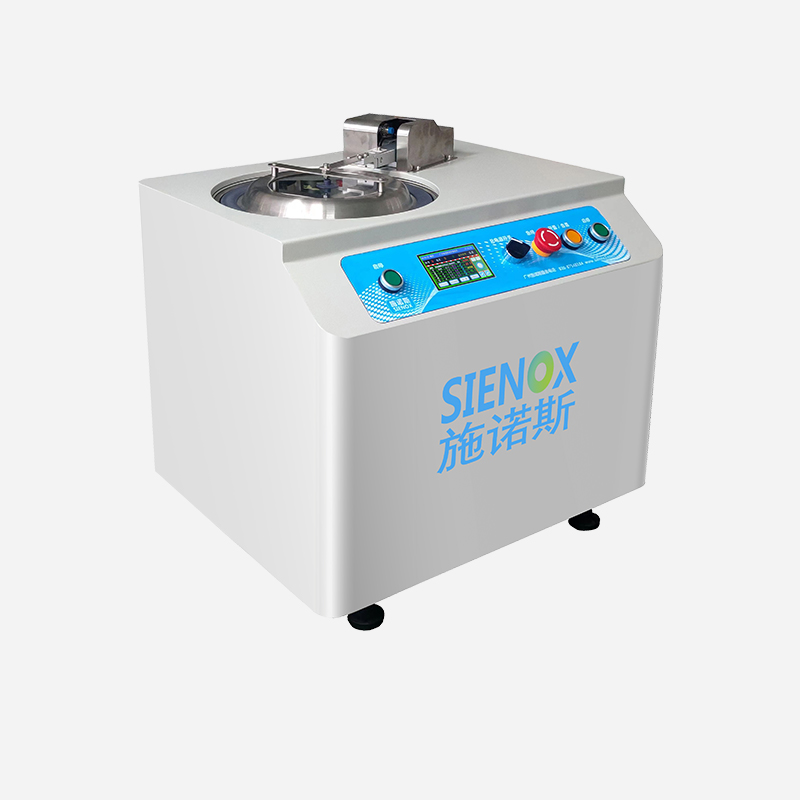
News

TEL:18925129293
How to remove bubbles from silver paste?
date:2023-07-17author:SIENOXSilver paste is widely used in the electronics industry for manufacturing devices such as batteries and circuit boards. However, the formation of bubbles during the preparation of silver paste can affect the quality and performance of batteries. Therefore, addressing the issue of bubbles in silver paste is crucial.
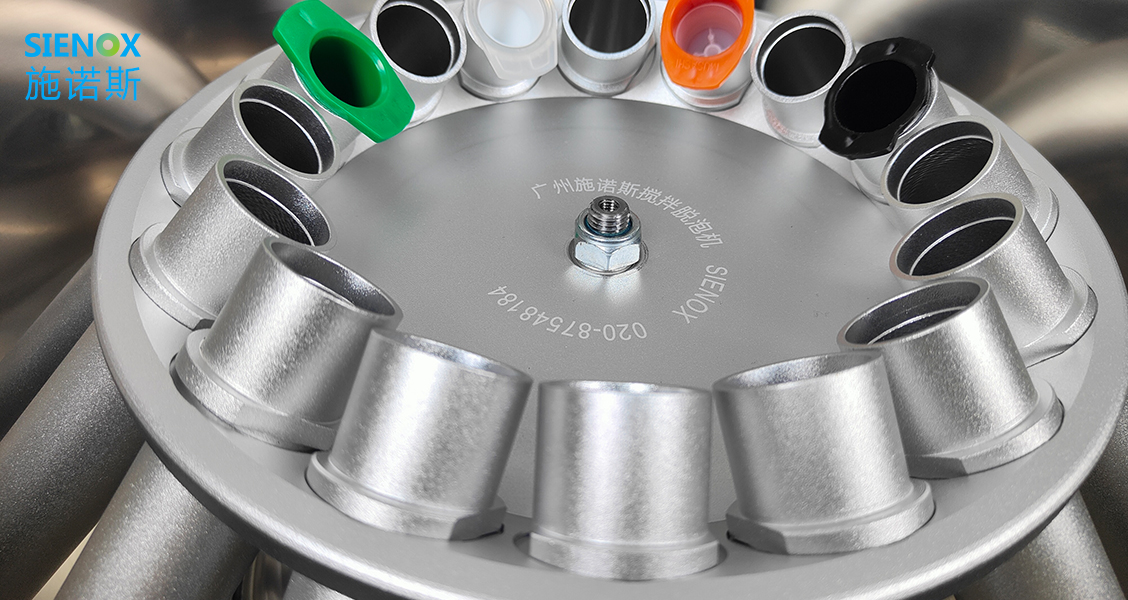
Firstly, it's important to understand the sources of bubbles in silver paste. Bubbles are mainly caused by two factors: firstly, during the preparation process, air is introduced into the paste due to stirring or vibration, forming bubbles; secondly, when volatile solvents are present in the paste, these solvents release gas during the stirring process, creating bubbles.
To address this issue, the following measures can be taken:
1. Use a vacuum degassing and stirring machine: A vacuum degassing and stirring machine is a specialized device for removing bubbles from the paste. It creates a vacuum environment, allowing bubbles to quickly escape from the surface of the paste, effectively eliminating bubbles. This method can rapidly and efficiently remove bubbles, improving the quality of the silver paste.
2. Adjust stirring speed and time: Proper stirring speed and time can reduce the generation of bubbles. Stirring too fast or too slow can increase bubble formation. Therefore, adjustments should be made based on specific conditions to minimize bubble generation.
3. Minimize vibration and shaking: Vibrations and shaking can exacerbate the entry of air into the paste. Therefore, it's essential to minimize the impact of vibrations and shaking during the preparation process to avoid bubble formation.
4. Select appropriate solvents: Choosing low-volatility solvents can reduce the release of gas from solvents, thereby minimizing bubble formation. Additionally, the use of surfactants can be considered to reduce surface tension in the solution and decrease bubble formation.
5. Control the preparation environment: Environmental conditions during the preparation process can also impact bubble formation. For instance, excessively high temperatures can accelerate solvent evaporation, increasing bubble formation. Therefore, it's necessary to control the temperature and humidity of the preparation environment to minimize bubble issues.
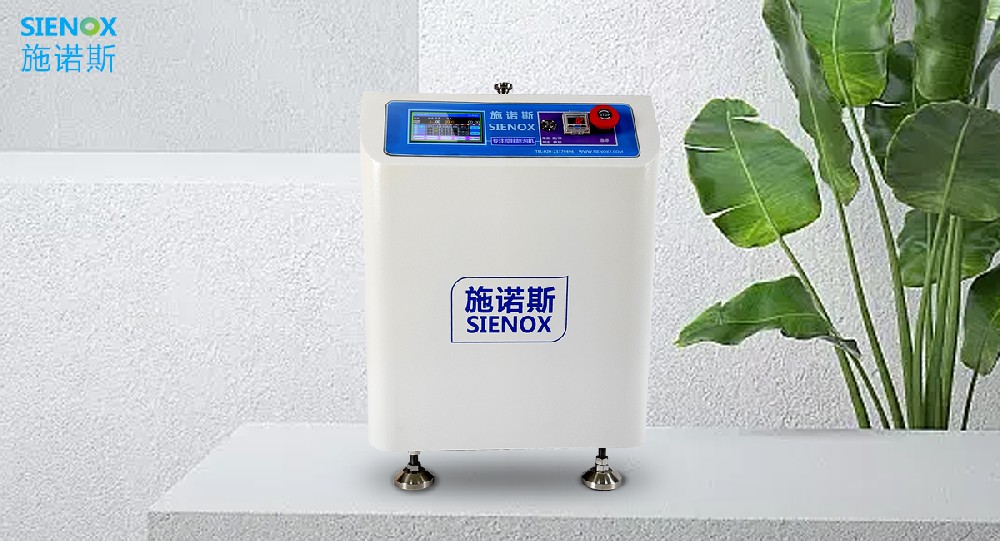
In summary, by employing measures such as using a vacuum degassing and stirring machine, adjusting stirring speed and time, minimizing vibration and shaking, selecting appropriate solvents, and controlling the preparation environment, it is possible to effectively address the issue of bubbles in silver paste. These methods not only enhance the quality and performance of batteries but also contribute to the sustainable development of the electronics industry. With the ongoing development of the new energy industry, we believe that more effective methods will emerge in the near future to help address bubble-related challenges.






